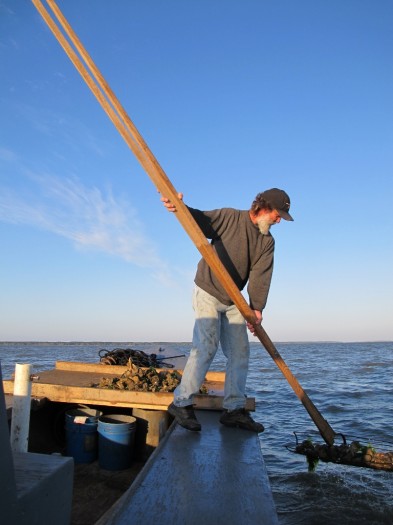
Spurred on by a worldwide demand for timber products, sawmills soon sprang up along the river, and millions of board feet of pine and cypress passed through the port of Apalachicola.

Other mills followed including the Cypress Lumber Company, Franklin County Lumber Company and Kimball Lumber Company. Coombs came to Apalachicola in the late 1870s when, backed by Northern capital, Coombs went on to establish and manage several sawmills in the county. The sawmill cut railroad crossties from cypress logs that had been dragged from the swamps surrounding the Apalachicola River.ĭespite an abundance of timber, early efforts to expand the industry were thwarted by high transportation costs, undercapitalization and the ever-present industry hazard of fire. One of the town's first sawmills, the Pennsylvania Tie Company, was located at a site known today as the “Mill Pond” or Scipio Creek Boat Basin on North Market Street. In 1828 the town which was originally named Cottonton was incorporated as West Point and later renamed Apalachicola in 1831.Īpalachicola's timber industry emerged prior to the Civil War alongside a booming cotton shipping trade. Spain ceded Florida to the United States in 1821. army attacked Indians living in Spanish Florida in what became known as the First Seminole War. The transfer became known as the Forbes Purchase.īecause of unrest in its more populous colonies in Central and South America, Spain was unable to effectively control Forida. Marks Rivers to their firm because of large debts owed to their trading company by trader Indians. In 1811, the trading company John Forbes and Company persuaded Spain and the Indians to cede 1.5 million acres between the Apalachicola and St. Some British trading companies, including Panton, Leslie, and Company were allowed to remain. In 1783 the area returned to Spanish control after the Second Treaty of Paris, which ended the Revolutionary War. The earliest-known European settlement of the area was a fort built at the mouth of the Apalachicola River by the Spanish in 1705 where it remained under Spanish ownership until it was ceded to England in 1763. The journal of his expedition describes a coastal island that is believed to be Dog Island, St. Some of the larger middens were used as burial sites.Įuropeans first explored Franklin County in the early 1500s as Panfildo de Narvaez visited a location near present-day Apalachicola. Middens left by these settlers are composed primarily of clam and oyster shells. Archaeologists estimate that the population could have reached 40,000, attracted to the area due to stable water supplies and abundant game.



Remnants of native American cultures date back to the middle Archaic period (2000 BCE) and documentation exists that claims native cultures have lived here during the intervening Woodland and Mississippian periods. “Land of the friendly people” is a common interpretation of the word.īut even before the city was founded, the area surrounding Apalachicola was an important center of history. Over time, the term has been translated as an area of peaceful people or people on the other side. Located where the Apalachicola River meets Apalachicola Bay, the name “Apalachicola” is an Indian word interpreted as a ridge of earth produced by sweeping the ground in preparation for a council or peace fire. Click here to link to the 2013-15 Lecture SeriesĪpalachicola is one of the most historic cities in Florida.


 0 kommentar(er)
0 kommentar(er)
